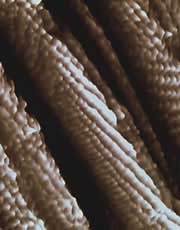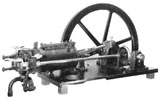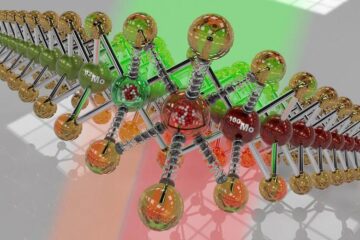Latest News

Cylinders make circuits spontaneously
Carbon nanotubes assemble themselves into electronic grids
Tiny electrical circuits with a single molecule for each wire have been created in the United States 1 . These grids could replace silicon chips, making computers and memory devices much more compact and powerful than they are today.
The grids comprise carbon nanotubes – long, hollow cylinders of pure carbon a few millionths of a millimetre (nanometres) across and several thousand nanometres long. Dep

Air traffic tussles up annoyance
Controversies over new airport runways make locals more noise-sensitive.
Public controversy surrounding the impending building of a runway may make locals much more sensitive to increased aircraft noise than planners predict. A new study warns that it could be easy to underestimate the impact of changes such as those proposed for Britain’s Heathrow Airport.
A new runway began operating at Vancouver International Airport in 1996 after highly publicized local objection to

Car work for quantum mechanics
A quantum afterburner extracts laser light from vehicle exhaust.
The hot gases belching out of your car’s exhaust are not just useless waste. They are a laser waiting to happen, says physicist Marlan Scully1.
All you need to harness this potential, suggests Scully, of Texas A&M University in College Station, is a quantum afterburner. This hypothetical modification would use quantum mechanics to boost the engine’s efficiency by clawing back waste heat and turning it

Clamping down on a cancer-causing protein
Many of today’s medicines were discovered by trial and error: a substance is found which helps alleviate the symptoms of a disease, and it may take years before scientists really understand how it works. Typically they find that a drug has its effects by attaching itself to a particular molecule in a cell and blocking part of its activity, the way you might prevent someone from turning a light on or off by putting a lock over the switch. Scientists now hope to take the opposite approach, and custom-d

China leads GM revolution
Government funding puts Chinese plant biotechnology second only to US
While westerners vacillate about the risks and benefits of genetically modified (GM) crops, China is embracing the technology. A new survey shows that the Chinese are working on more plant biotechnology products than anyone outside North America1.
Chinese research institutes claim to have developed 141 GM plants, 65 of which have been approved for release into the environment. Scott Rozelle, an agricultura

Noise quietens driving
Sensors and loudspeakers reduce in-car racket.
Tired of shouting to your passenger as you drive, striving to make your voice heard over the rumble of the car? Help is on the way, in the form of strategically placed sensors and loudspeakers.
Researchers at the Korea Advanced Institute of Science and Technology (KAIST) in Taejon have developed a prototype system that shaves up to 6 decibels off the typical motoring noise of around 60 decibels. That’s more than any other co











